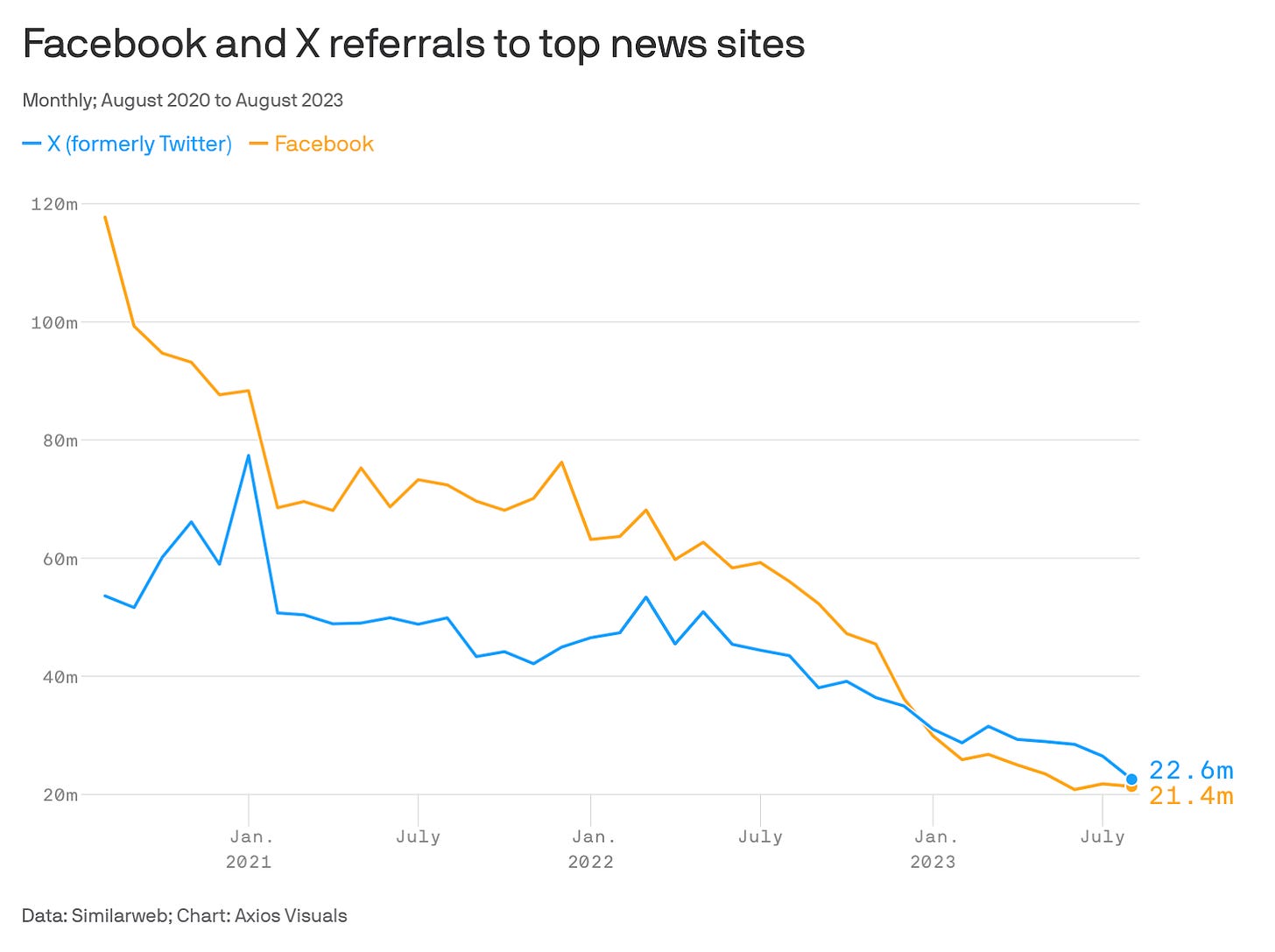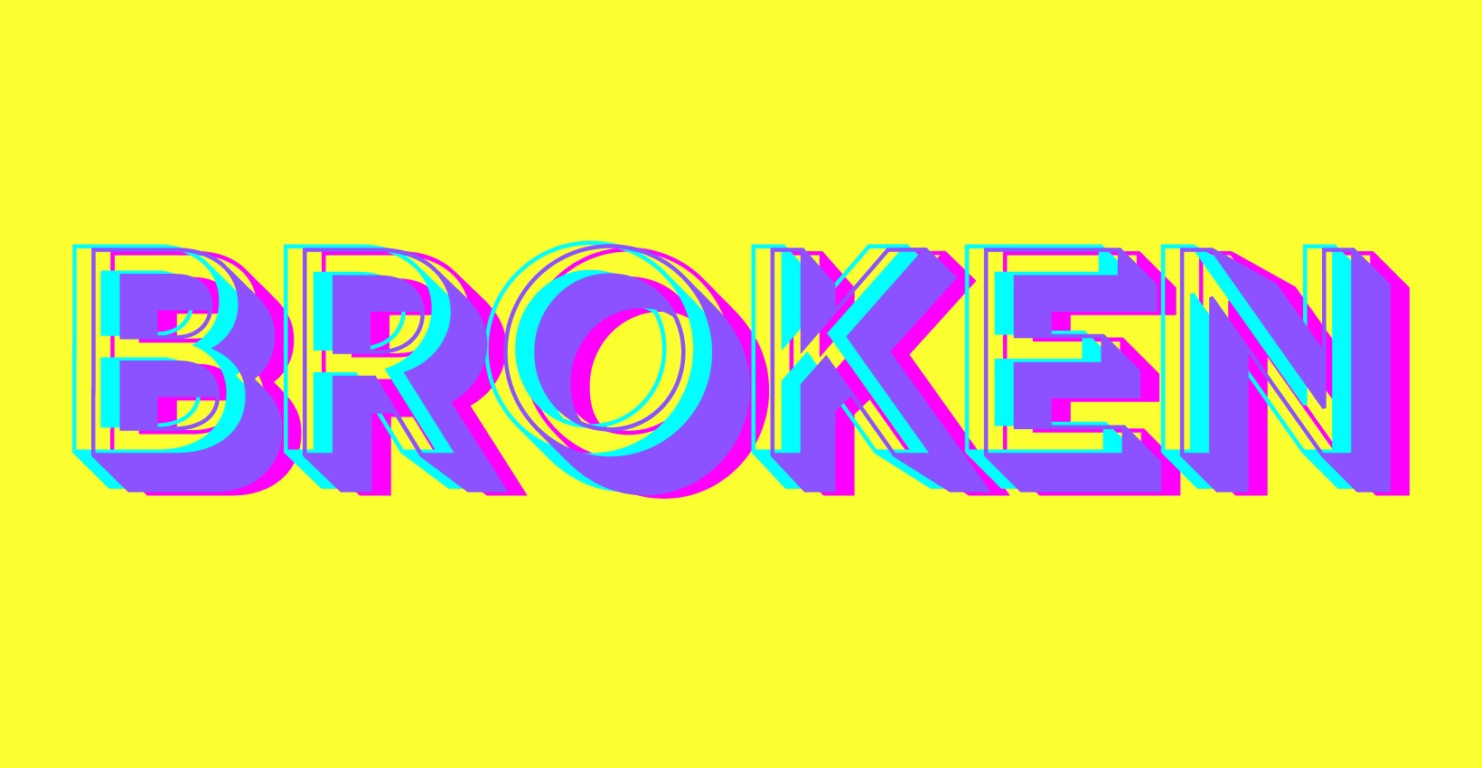Broken: Part 1 – Discovery is Broken
Earlier this year I wrote a short series for Attention Matters called ‘So, what do these numbers really mean?’. The idea was to dive into the cultural and social history of key digital metrics to understand what they were really measuring, and how we can use them in smarter ways to gauge the impact of our content. But by the time I wrote the last episode in the series, I realised I wasn’t writing a history, but a eulogy – the digital metrics I was discussing were becoming less important as the platforms and audience behaviours they measured changed.
Then, on our annual Storythings strategy retreat this October, we realised it is even more serious than we thought. It’s not just that the metrics aren’t working – content discovery is broken. If you’re a B2B or B2C content publisher trying to build an audience right now, you’ll have seen this yourself. We’d noticed it before, but in the year since our last retreat, it feels like we’ve reached a tipping point, with more and more publishers and commentators saying that algorithmic feeds and Google search are no longer viable ways of building a sustainable audience.
So we thought we’d dive into this over a four-episode series on Attention Matters, looking at how content discovery is broken in social and search, and what you can do to try and fix it. We’d love to hear your thoughts, and if you want help fixing your own content strategies, we’d love to talk.
What’s the insight?
Where’s the evidence?

What’s the counter-argument?
But content discovery probably feels broken for you right now. Assuming, if you’re reading this, you’re involved in creating stories that you need to get to audiences, you’re probably finding that harder now than it has been for years. The digital platforms we use to reach our audiences started out as two-sided markets – tools that connect publishers and audiences in a direct and open way that seemed to bypass the traditional gatekeepers of old media. But over the last decade, they have been through a process that Cory Doctorow describes as ‘enshittification’:“Here is how platforms die: first, they are good to their users; then they abuse their users to make things better for their business customers; finally, they abuse those business customers to claw back all the value for themselves. Then, they die.”
Eventually, this process of enshittification will degrade the experience for the users as well. As the platform algorithms optimise for content that keeps users on the platform, weird feedback loops emerge. Ryan Broderick’s Garbage Day newsletter has been tracking NewsWhip data on what kinds of stories are getting most engagement on Facebook now that the platform is deprioritising traditional news publishers. He found that seven of the top ten most interacted-with stories on Facebook in September 2023 were not from traditionally mainstream sources like The Daily Mail, but from a Catholic Fundamentalist website. As the platforms deprioritise the human connections that initially drove us to them in favour of algorithmic streams, the kind of content that performs best is not necessarily the best content.
What do you think?
So, have we really reached a tipping point? At Storythings, we’ve been tracking data around how these platforms are changing for a while now, and have been warning our clients not to get too reliant on their huge (but often fake) reach and impression numbers. In the next few episodes in this series, we’ll share insights from our research about how content discovery has broken, and what we can do to fix it.
But we’re also aware we might be in a filter bubble, reaching for the evidence that proves our own theories. So we’d love to hear from you – are you still getting results from traditional social and search tactics? Or are you having to try something else to build and engage your audience?

